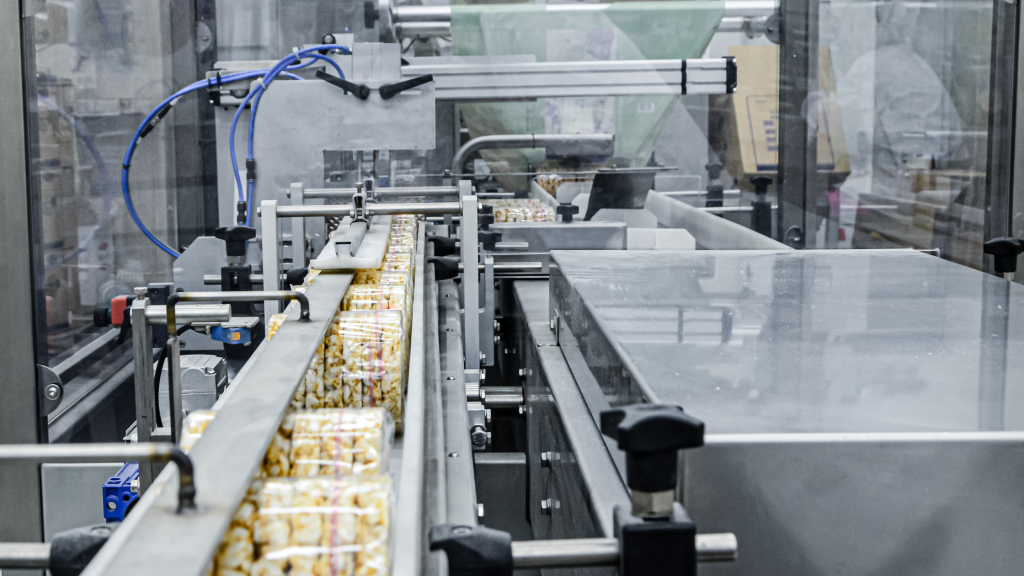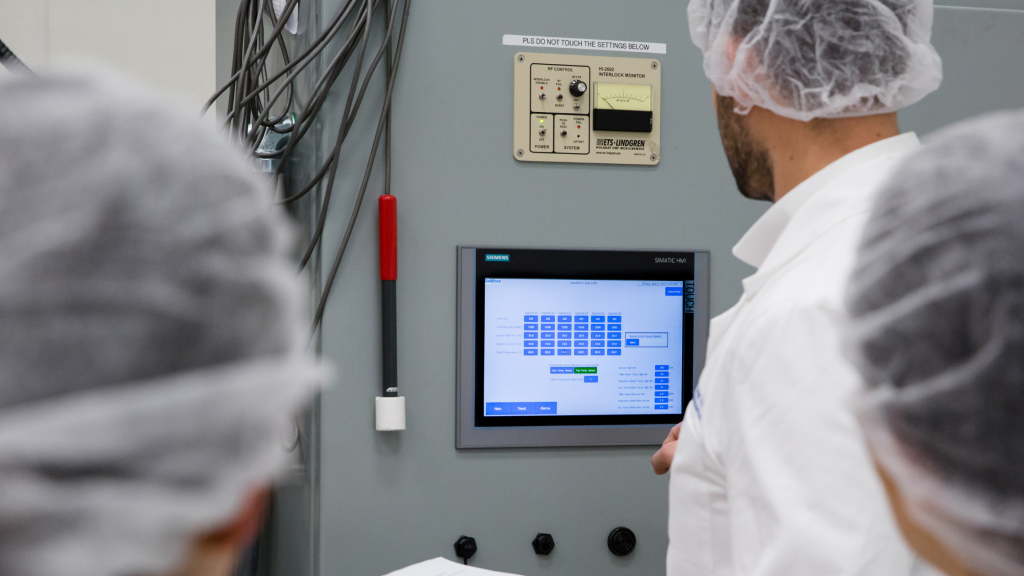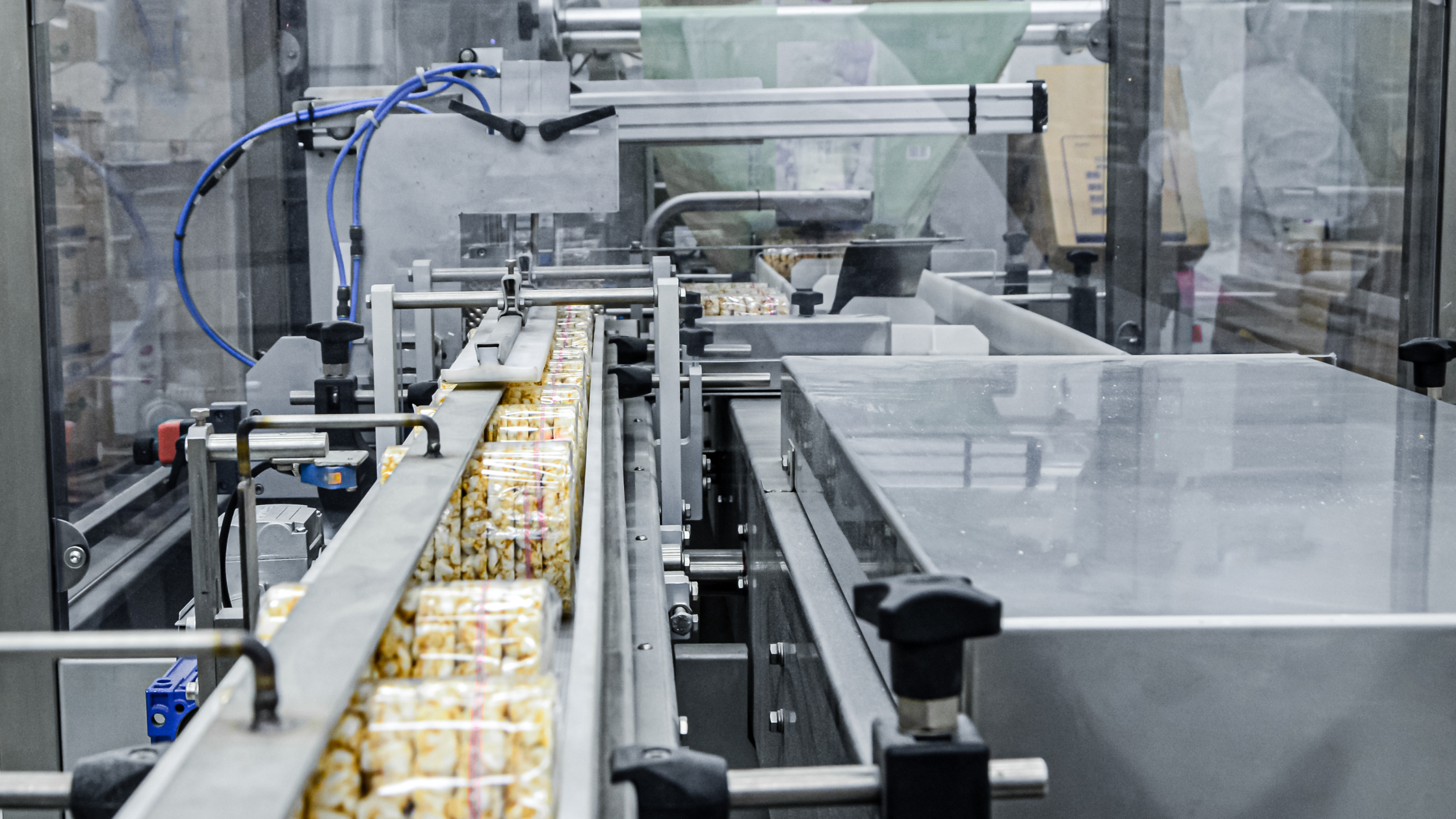How drying streamlines supply chain challenges?
From wild swings in crop yields to global inflation and persistent shipping delays, today’s food supply chains are under strain as never before. Unpredictable weather, geopolitical conflict, labor shortages, tightening regulations, and energy price volatility have made agility the new buzzword for food manufacturers and processors. Companies are under pressure to secure raw materials while consumers demand safe, sustainable, and ethically made products.
Frozen and perishable foods are especially vulnerable. Every year, about 30% of food produced for human consumption is lost or wasted along the supply chain, a staggering figure that represents both economic loss and environmental cost. Perishable products can spoil before they reach the end consumer, especially if supply chains rely on complex cold storage networks sensitive to weather and transportation bottlenecks. For many, the race is on to modernize production and logistics moving toward systems that are faster, flexible, and resilient.

The strategic supply chain power move
One often-overlooked solution is strategic drying. What used to be viewed primarily as a way to preserve food is now recognized by leading brands as a logistical superpower. Drying offers several essential advantages:
- It dramatically reduces the weight and volume of food products, slashing shipping and storage costs and lowering the carbon footprint of transportation.
- By stabilizing inventories, drying lets brands pivot perishable gluts (from berry or produce harvests to animal proteins and plant-based ingredients) into shelf-stable components.
- Shelf stability allows for year-round ingredient availability and more responsive product development, even when seasonal or regional availability fluctuates.
- Dried ingredients can be rehydrated on demand, giving processors the ability to calibrate batch sizes flexibly and launch new products quickly.
Think of the difference: a pallet of fresh broccoli might last a week and require energy-intensive cold storage; dried broccoli can sit safely in ambient conditions for months, ready for food innovation, product development, or rapid crisis response.
How microwave dehydration makes a difference
While traditional air drying and freeze drying have served the industry well, each poses major trade-offs. Air drying can degrade color and flavor, while commercial freeze drying while gentle is slow, costly, and energy-hungry.
EnWave’s microwave dehydration (REV™) is transforming the landscape.
Speed that streamlines supply
REV™ technology dries foods in a matter of hours, not days like conventional freeze drying. This lets manufacturers process and move inventory quickly, responding to sudden changes in demand, harvest cycles, or shipping windows without bottlenecks.
Shelf life and food safety without compromise
Properly dried foods are protected from the bacteria, mold, and enzymatic reactions that drive spoilage. REV™ stabilizes fruits, vegetables, proteins, and botanicals without artificial preservatives, extending shelf life and opening global trade opportunities.
Impressive energy and sustainability gains
Because microwave vacuum drying is so much faster, total energy needs are significantly lower up to 75–80% less time in the dehydrator compared to freeze drying. Energy savings translate directly into a reduced production carbon footprint, supporting corporate climate pledges.
Consistent quality every time
REV™ systems keep color vivid, flavor and aroma intact, nutrients like vitamins and antioxidants stable, and texture appealing batch after batch. Consistency fosters trust in the finished product, which is critical for both B2B and consumer-facing brands.
Picture the new supply chain workflow: fresh, seasonal harvest > microwave dehydration > ambient inventory > global shelf stability. That flexibility was nearly impossible for most companies just a decade ago.
The business case
Efficiency is more than a buzzword; it’s a survival strategy. The advantages of advanced drying touch every corner of the value chain:
- Inventory management: Shelf-stable components allow for larger planned purchases when prices are low, hedging against shortages and price spikes.
- Optimized logistics: Lighter, stable shipments mean more efficient trucking, fewer containers, and simplified compliance in cross-border trade.
- Crisis resilience: Stockpiling dried ingredients makes companies less vulnerable to shocks from climate-driven supply gaps to shipping delays.
- Reduced waste: Dehydration cuts food waste (currently up to 30% globally), allowing more product to reach consumers and reducing the environmental toll of spoiled goods.
- Sustainability: Fewer shipments, less energy for refrigeration/freezing, and less packaging all contribute to a lighter environmental footprint.
For businesses watching every margin and reputation metric, these improvements are measurable and often immediate.
Technology in action
It’s one thing to read about efficiency, another to see it in real life. EnWave’s partners in categories from natural fruit snacks to plant-based protein blends to dairy and botanicals have adopted REV™ to streamline supply chain logistics and leapfrog traditional bottlenecks.
Global snack brands are using microwave drying to produce shelf-stable inclusions (like fruit, yogurt, veggie crisps) at peak harvest, then rehydrate them as needed for year-round supply. Pet food makers harness the technology to stabilize raw proteins and functional superfoods, avoiding the trade-offs of freeze drying and extending their reach without building massive, energy-hungry infrastructure.
Manufacturers of plant-based beverages, sports nutrition, and savory meals also rely on REV™’s gentle, rapid process to protect nutrients and flavor reducing both spoilage and cost.

Scalability and support through REVworx
Change doesn’t require a total overhaul on day one. EnWave’s REVworx toll drying facility empowers food companies to pilot microwave dehydration, test new formulations, and scale production without major up-front capital investment. This “try before you buy” approach provides flexible access to commercial food drying innovation, letting companies hedge risks and accelerate product development.
By combining R&D with access to commercial food drying capacity, brands can evaluate how microwave drying works with their existing upstream and downstream assets. Small-batch runs support test marketing, regulatory review, and operational training before larger rollout.
Actionable insights for forward-thinking companies
Drying is now a supply chain strategy, not just a preservation step. Companies that embrace food dehydration innovation are better positioned to solve today’s challenges and lead tomorrow’s markets.
- If you’re struggling with perishable food waste or margin loss, microwave dehydration can transform your approach to inventory and logistics.
- If you need faster product launches, on-demand ingredient blending, or SKU rationalization, shelf-stable dried ingredients give your team true agility.
- If climate pledges or energy reduction targets are priorities, switching to efficient drying technology yields real, reportable gains.
EnWave’s REV™ solutions and flexible pilot support through REVworx offer a proven path to safer, more sustainable and resilient food supply chains.
Further Reading
- FoodsConnected, “The Future of Food Supply Chains: Adapting to Challenges and Trends” (2025): https://blog.foodsconnected.com/the-future-of-food-supply-chains
- Supply Chain Dive, “Shortages 2025: Geopolitics, Severe Weather Fuel Uncertainty” (2025): https://www.supplychaindive.com/news/shortages-2025-supply-chain-risks-food-automotive-geopolitics/737572/
- Lacerta, “Food Supply Chain: Trends and Challenges for 2025” (2025): https://lacerta.com/blog/food-supply-chain
- Food Institute, “Navigating Food Supply Chain Challenges: Key Strategies for 2025” (2024): https://foodinstitute.com/focus/navigating-food-supply-chain-challenges-key-strategies-for-2025/
- BCG, “Building Resilience in Agrifood Supply Chains” (2025): https://www.bcg.com/publications/2025/building-resilience-in-agrifood-supply-chains
- Anuga FoodTec, “The REV Technology from EnWave” (2023): https://www.anugafoodtec.com/magazine/revolutionizing-food-dehydration.php


